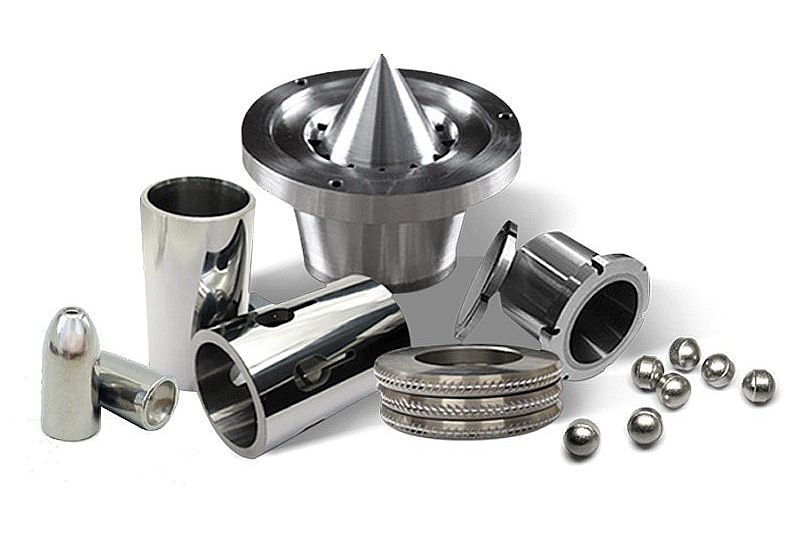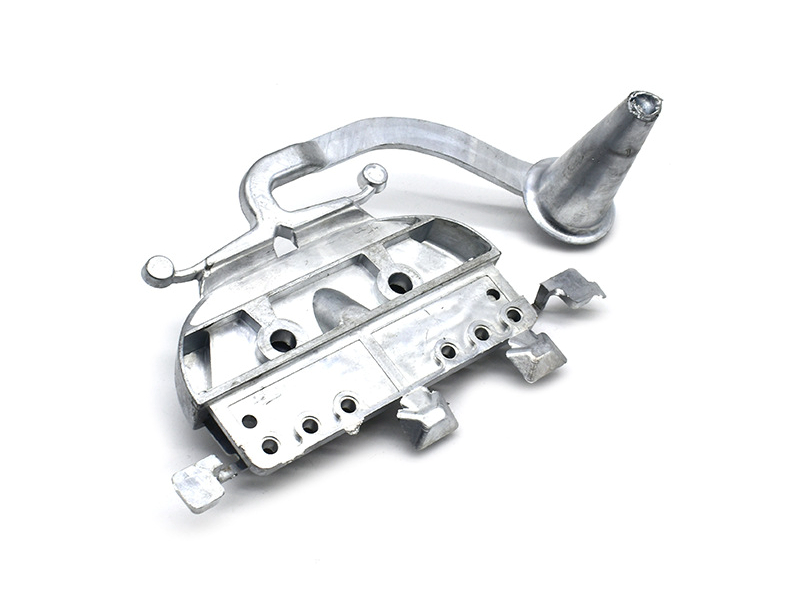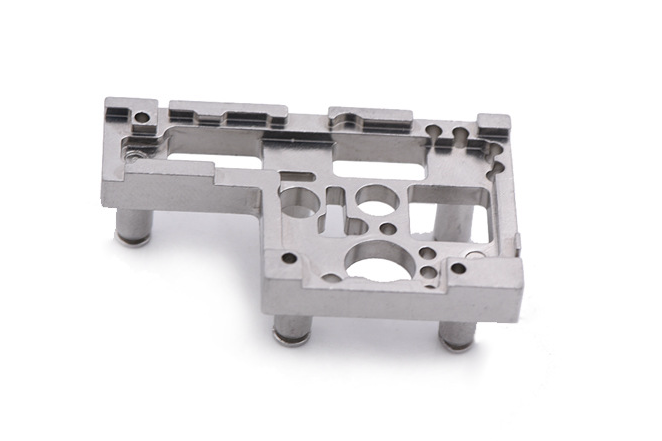How do MIM and machining differ for complex internal parts?
Differences Between MIM and Machining for Complex Internal Parts
When manufacturing complex internal metal components—such as miniature housings, flow-control structures, locking mechanisms, micro-channels, or multi-axis internal cavities—the choice between metal injection molding (MIM) and traditional machining significantly affects part geometry, cost, and production scalability. MIM relies on shaping metal powder feedstock in a mold and sintering it into a fully dense structure, allowing for the formation of extremely intricate features without the need for cutting. Machining employs subtractive toolpaths to shape metal stock, providing precision but limited flexibility for enclosed or intricate internal geometries.
Geometric Complexity and Internal Features
MIM can create internal channels, micro-lattices, near-closed cavities, undercuts, spline-like webs, and ultra-thin ribs that would be impossible—or extremely expensive—to achieve through CNC machining. Because the mold defines the shape, the process supports details down to 0.2–0.3 mm using fine powders such as MIM 316L, MIM 17-4PH, or specialty alloys like Inconel 713LC. Machining, however, cannot practically reach enclosed or highly convoluted zones because cutting tools must physically enter the cavity. Even with micro-CNC, tool length, vibration, and burr formation pose significant limitations.
Tolerance, Precision, and Repeatability
CNC machining offers superior absolute precision, typically within ±0.01–0.03 mm for critical surfaces, particularly during CNC machining prototyping. MIM tolerances after sintering fall within the ±0.3–0.5% range of nominal dimensions, suitable for most functional internal components. Where needed, hybrid routes are used: the part is formed by MIM, and certain interface features are trimmed or post-machined to reach CNC-level tolerances. For mass production, MIM generally provides stronger repeatability because the molded geometry is fixed by the tooling, thereby avoiding the variation associated with multi-setup machining.
Material Structure and High-Temperature Performance
MIM components sintered from nickel alloys, such as Inconel 738 or Rene 41, achieve high density and a uniform microstructure, often outperforming wrought and machined components in terms of creep and thermal stability. Machining removes material from wrought bar or plate, preserving directional grain structure, which benefits fatigue-critical parts but limits some internal geometries. Both methods can be further enhanced through heat treatment or the application of protective coatings, such as thermal barrier coatings.
Production Cost and Volume Suitability
Machining cost scales with cycle time, tool wear, and part complexity. Complex internal features may require multi-axis machining, EDM, or multiple setups, which can significantly increase the cost per piece. MIM, however, requires an upfront tooling investment but achieves very low cost per part in high volumes. For complex internal designs with annual demand above 5,000–10,000 pcs, MIM is substantially more economical. Early phases often use prototyping and machining to refine geometry before transitioning to MIM for mass production.



